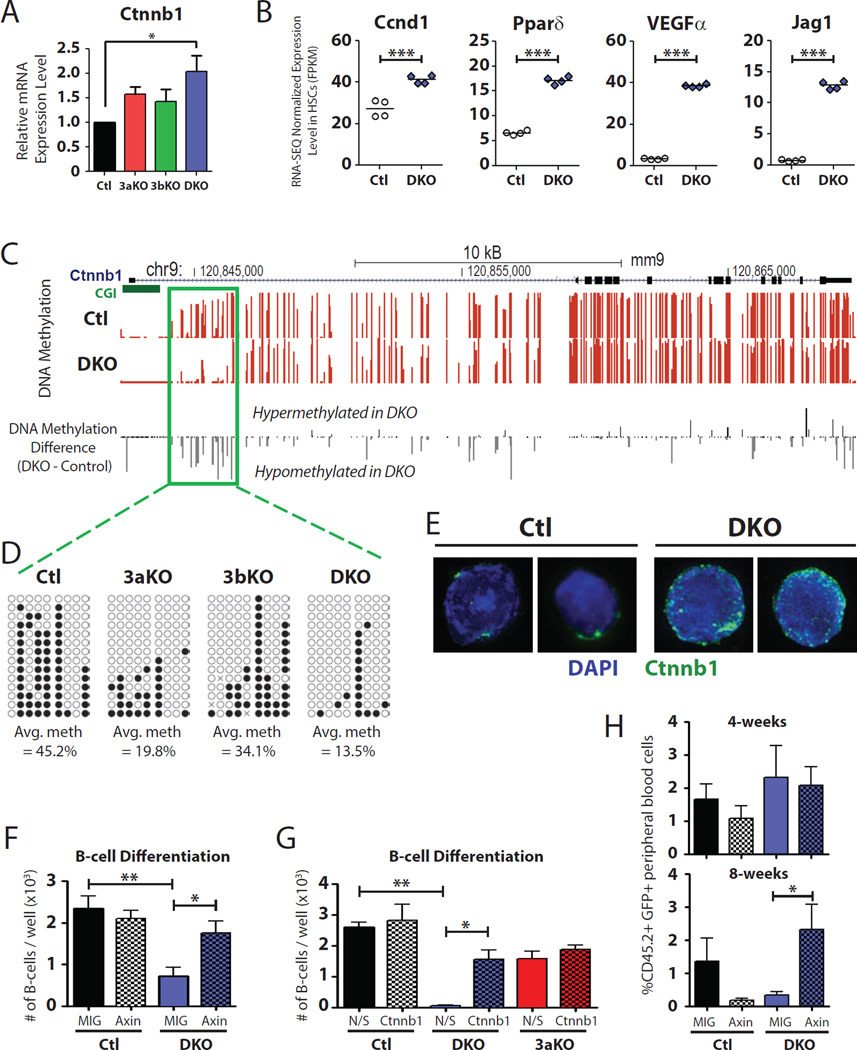Figure 5. Increased β-catenin signaling contributes to the differentiation block of DKO HSCs.
(A) Real-time PCR analysis of Ctnnb1 transcript expression in HSCs, n = 3. (B) RNA-SEQ expression of Ctnnb1 target genes in control (Ctl) and DKO HSCs. (C) DNA methylation profile of Ctnnb1 locus determined by WGBS. Green box indicates hypomethylated region in DKO HSCs. (D) Bisulfite sequencing of hypomethylated Ctnnb1 region in HSC genotypes (open circle = unmethylated CpG, closed circle = methylated CpG). (E) Immunofluorescent staining for Ctnnb1 (green) in control and DKO HSCs, with DAPI staining (blue) to define the nucleus. (F) Ectopic expression of Axin in DKO HSCs was able to partially rescue the B-cell differentiation defect compared to DKO HSCs transduced with control retrovirus (MIG). Ectopic expression of Axin in Ctl HSCs did not affect B-cell differentiation compared to MIG control cells, n = 4. (G) miRNA-mediated knockdown of Ctnnb1 was also able to restore B-cell in DKO HSCs, but had no effect on B-cell differentiation of 3aKO HSCs (N/S = scrambled non-silencing control miRNA, Ctnnb1 = Ctnnb1 miRNA#1), n = 2. (H) Peripheral blood chimerism following transduction and bone marrow transplant of control and DKO HSCs. Ectopic expression of Axin in DKO HSCs was able to significantly increase peripheral blood differentiation compared to the control MIG vector, n = 9–10 mice / group. Mean ± SEM values are shown, *P < 0.05, **P < 0.01. See also Figure S5.

